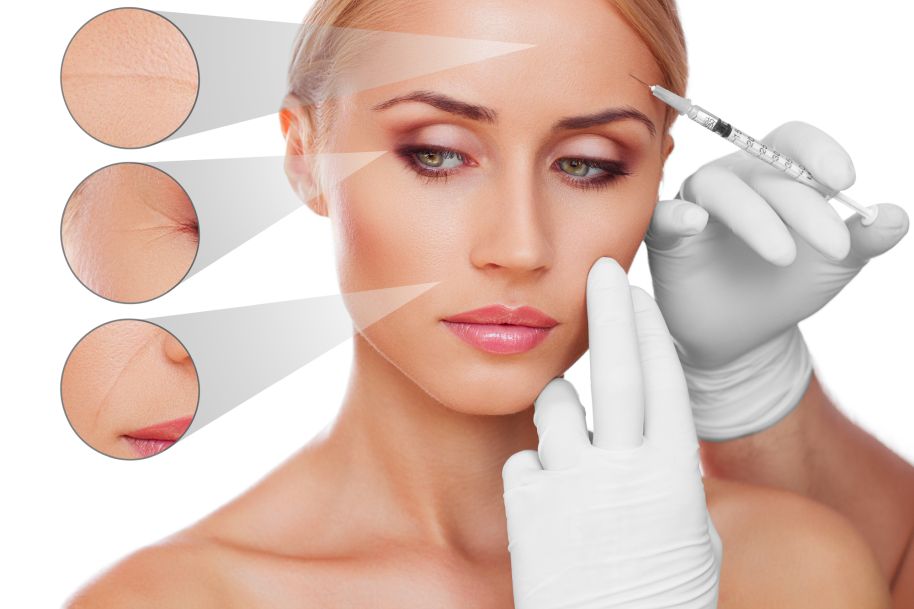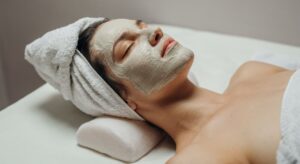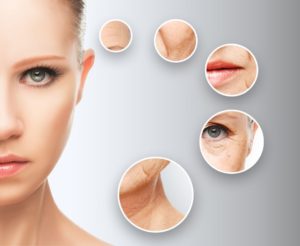In a world increasingly focused on maintaining a youthful appearance, Botox has become a popular treatment to reduce the appearance of fine lines and wrinkles. However, when it comes to Botox treatments, an important question is often asked: how much Botox is too much? This comprehensive guide aims to decode that complexity, providing insightful details about botulinum toxin, dosage, treatment areas, possible signs of overdosage, process of injection, and effective post-treatment steps.
Knowing Your Units: How Much Botox is Required for Different Treatment Areas
How many units of Botox are typically used for the forehead?
When it comes to forehead injections, the amount of Botox varies. It largely depends on the treatment area, muscle strength, and the individual’s response to Botox. Typically, for horizontal forehead lines, around 10 to 20 units of Botox is used. However, always consult a board-certified plastic surgeon or a skilled injector to determine the ideal dosage for you.
Understanding Botox units for other facial areas
For areas like crow’s feet and glabellar lines, the number of units may differ. The “frown” lines usually get between 20 and 50 units of Botox treatments, while the “crow’s feet” around the eyes might need anything between 12 and 24 units. The right amount of Botox relies heavily on individual facial features and muscle depth.
Signs You’ve Had too Much Botox
Getting a “frozen” face: An effect of too much Botox
A clear sign you may have received too much Botox is when your face begins to exhibit a “frozen” or “unmoved” appearance, caused by over-relaxation of the facial muscles. You may also notice drooping eyebrows or eyelids, another common indication of overdosage.
Other potential effects of an overdose
Other signs you’ve had too much Botox can include headaches, muscle weakness, and difficulty in swallowing or speaking. In some rare cases, an overdose can cause breathing difficulties. It is important to seek immediate medical help if you notice any of these signs after your treatment.
Navigating Excess Botox: Reversibility and Next Steps
Can too much Botox be reversed?
While an adverse reaction to Botox isn’t reversible, the good news is that the effects of Botox are temporary. Any side effects of receiving too much Botox will usually subside once the Botox has fully worn off within a few months.
When should you see a doctor for excessive Botox?
If you suspect you’ve had too much Botox, it’s essential to see a healthcare provider immediately, especially if you’re experiencing difficulty in breathing, talking, or swallowing. Additionally, any form of skin infection or allergic reaction at the Botox injection site should be reported to your doctor as soon as possible.
Understanding the Risks: What Happens If You Get Too Much Botox
The risks of getting too much Botox
Too much Botox can have several side effects ranging from minor inconveniences like headaches to serious conditions like difficulties in swallowing. Excessive dosage can also lead to botulism – a serious health problem which could lead to paralysis and difficulty in breathing.
Precautions to avoid excessive Botox
To avoid getting too much Botox, it is imperative to consult a board-certified professional who can accurately determine the appropriate dosage based on individual needs. It’s also advisable to get treatments only at qualified and certified clinics to ensure safety and efficacy.
Final Thoughts: Navigating the Complex World of Botox Treatments
How to decide how much Botox is right for you?
Deciding the right Botox dosage for you requires understanding your cosmetic goals, a full evaluation of your facial features, and thorough consultations with a qualified provider. Keep in mind that less is more when it comes to botox, and overly plumped features might not always appear natural.
Can cosmetic Botox be a beneficial treatment for you?
Whether Botox is the right treatment for you depends on various factors including your health history, goals, and budget. It’s an exceptional treatment for reducing wrinkles and giving a more youthful appearance, but proper consultations with a certified professional are crucial to a safe and beneficial result.
*Information in this article is not medical advice and may not be factually accurate. It is intended for entertainment purposes only. Consult with a physician before attempting any tips in this blog post and to get the most up to date factual data about any procedure or treatment.














